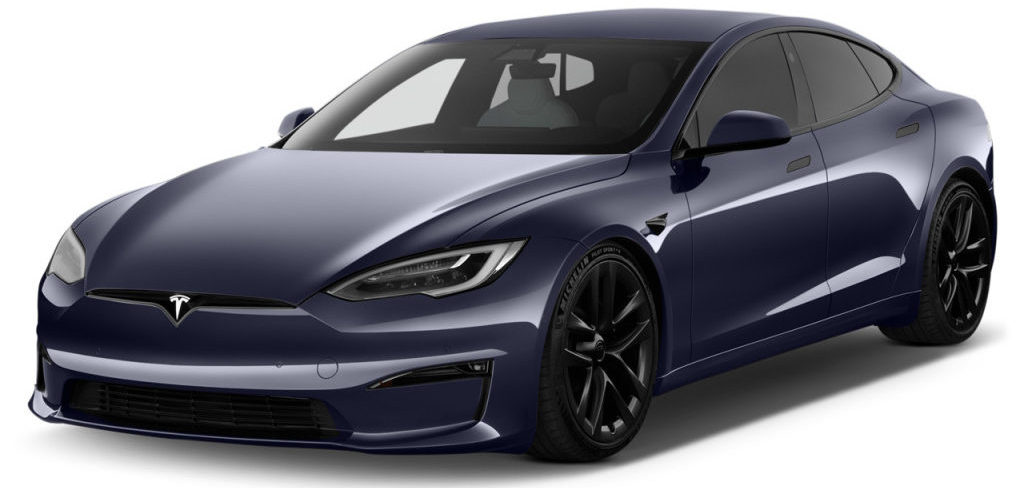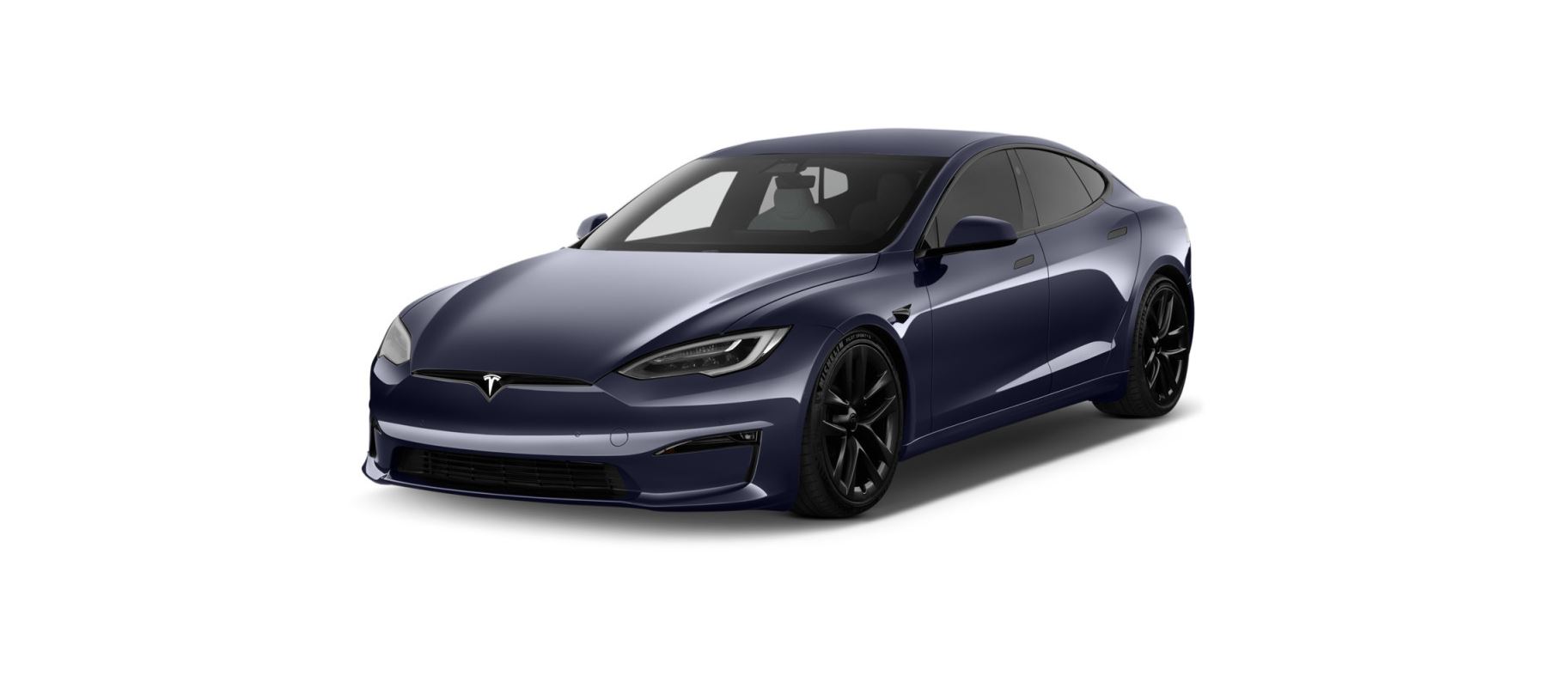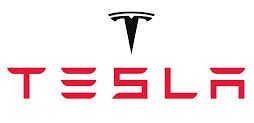2021 Tesla Model S Cold Weather Best Practices

To ensure that Model S provides you with the best ownership experience possible in harsh cold weather conditions, follow these best practices.
Before Driving
When snow and ice accumulate on your vehicle, moving parts, such as the door handles, windows, mirrors, and wipers can freeze in place. To achieve maximum range and performance, it is helpful to warm the cabin and Battery before you leave. There are several ways to do so:
- Touch Schedule, available on both the charging and climate control screens, to set a time when you want your vehicle to be ready to drive (see Scheduled Charging and Scheduled Departure).
- On the mobile app, navigate to Climate to customize the temperature at which you want to heat the cabin. This also warms the high voltage battery as needed.
- On the mobile app, navigate to to melt snow, ice, and frost on the windshield, windows, and mirrors. This also warms the high voltage battery as needed.
NoteTesla recommends activating climate settings at least 30-45 minutes before departure (see Climate Controls). Preconditioning times depend on outside temperature and other factors. The Mobile App will notify you once your vehicle has reached the desired preconditioning temperature.
- In extremely cold weather or icy conditions, it is possible that your charge port latch may freeze in place. In cases where you cannot remove or insert the charging cable, or the vehicle is not Supercharging due to the latch being frozen in place, use the Defrost Car setting in the mobile app. This can help thaw ice on the charge port latch so the charging cable can be removed or inserted.
- Warming the Battery using Scheduled Departure or the mobile app before driving can also reduce charging time at a Supercharger or third party fast charger, especially if the Supercharger or third party fast charger is close enough that Trip Planner does not have sufficient time to precondition the Battery (see Warming the Battery Before Supercharging).
Windows
- On the mobile app, navigate to as mentioned previously.
- Use the mobile app to schedule a service appointment for Tesla to provide a hydrophobic coating to your windows for a nominal fee.
Mirrors
If ice buildup is expected when parking, turn off Auto-Fold Mirrors. Touch . Ice can prevent exterior side mirrors from folding or unfolding.
Wipers
If you expect snow or ice to build up when parked, touch . This raises wipers against the windshield so they can defrost when the windshield defrosts (see Wipers and Washers). You can also turn on wiper defrosters (if equipped). See Climate Controls.
Tires and Tire Chains
- Use winter tires to increase traction in snowy or icy conditions. You can purchase winter tires on http://www.tesla.com (see Seasonal Tire Types).
- Tire chains provide additional traction when driving in snowy or icy conditions. Check local regulations to determine if tire chains are recommended or required during winter months. See Using Tire Chains for more information.
Your vehicle’s tire pressures will drop in cold ambient temperatures. If the TPMS indicator light appears, inflate the tires before driving. The tires will lose one PSI for every 10° F (6° C) drop in outside temperature (see Tire Care and Maintenance). Proper tire pressures help protect tires from potholes and improve range when properly inflated.
While Driving
Cold weather can increase energy consumption because more power is required for driving, cabin and Battery heating. Follow these suggestions to reduce energy consumption:
- Use seat heaters to keep warm. Seat heaters use less energy than the cabin heater. Lowering the cabin temperature and using seat heaters reduces energy consumption (see Climate Controls).
- Slow down your driving and avoid frequent and rapid acceleration.
Regenerative Braking
Regenerative braking can be limited if the Battery is too cold. As you continue to drive, the Battery warms up and regenerative power increases (see Regenerative Braking).
Blue Snowflake Icon
Warming the Battery Before Supercharging
By using Trip Planner (see Trip Planner) to navigate to a Supercharger, Model S pre-heats the Battery to ensure when you arrive at the Supercharger, the Battery temperature is optimal and ready to charge. This reduces the amount of time it takes to charge.
Autopilot
To ensure optimal Autopilot performance, keep the sensors free of snow, ice, mud, and dirt (see About Autopilot).
After Driving
Leave Model S plugged in when not in use. This uses the charging system, rather than the Battery itself, to keep the Battery warm (see High Voltage Battery Information).
Scheduled Departure
When parked, plug in Model S and use the Schedule settings, available on both the charging and climate control screens, to set a time when you want to precondition Model S (see Scheduled Charging and Scheduled Departure). Your vehicle determines the appropriate time to begin charging so it is complete during off-peak hours and the cabin and Battery are warm by your set departure time. For more information, see Scheduled Charging and Scheduled Departure.
Charge Port
- If your charge port latch freezes in place and a charging cable becomes stuck in the charge port, try manually releasing the charging cable. See Manually Releasing Charge Cable.
- Use the mobile app to precondition your vehicle to help thaw ice on the charge port latch so that the charging cable can be removed or inserted (see Mobile App).
Storage
If you leave Model S parked for an extended period of time, plug the vehicle into a charger to prevent normal range loss and to keep the battery at an optimal temperature. Your vehicle is safe to stay plugged in for any length of time When not in use, Model S enters a sleep mode to conserve energy. Reduce the number of times you check your vehicle’s status on the mobile app, as this automatically wakes up your vehicle and starts normal energy consumption.

